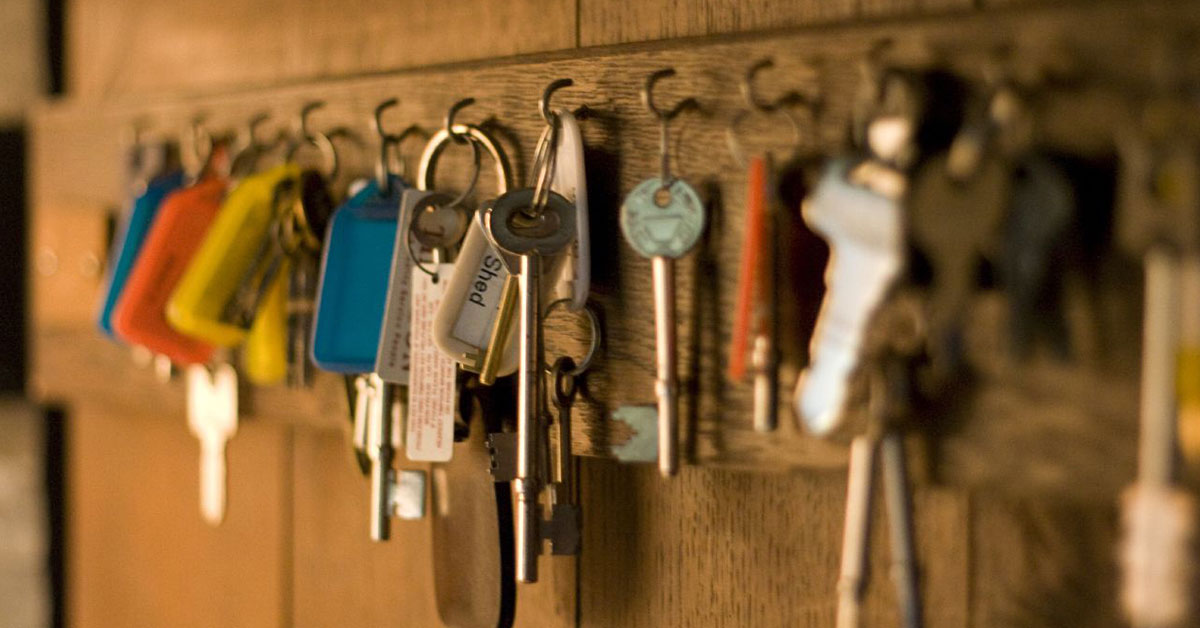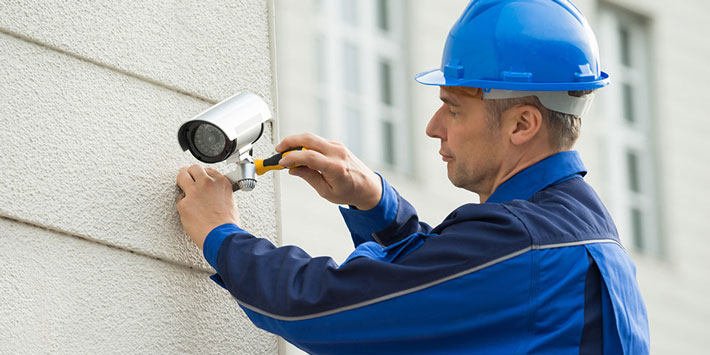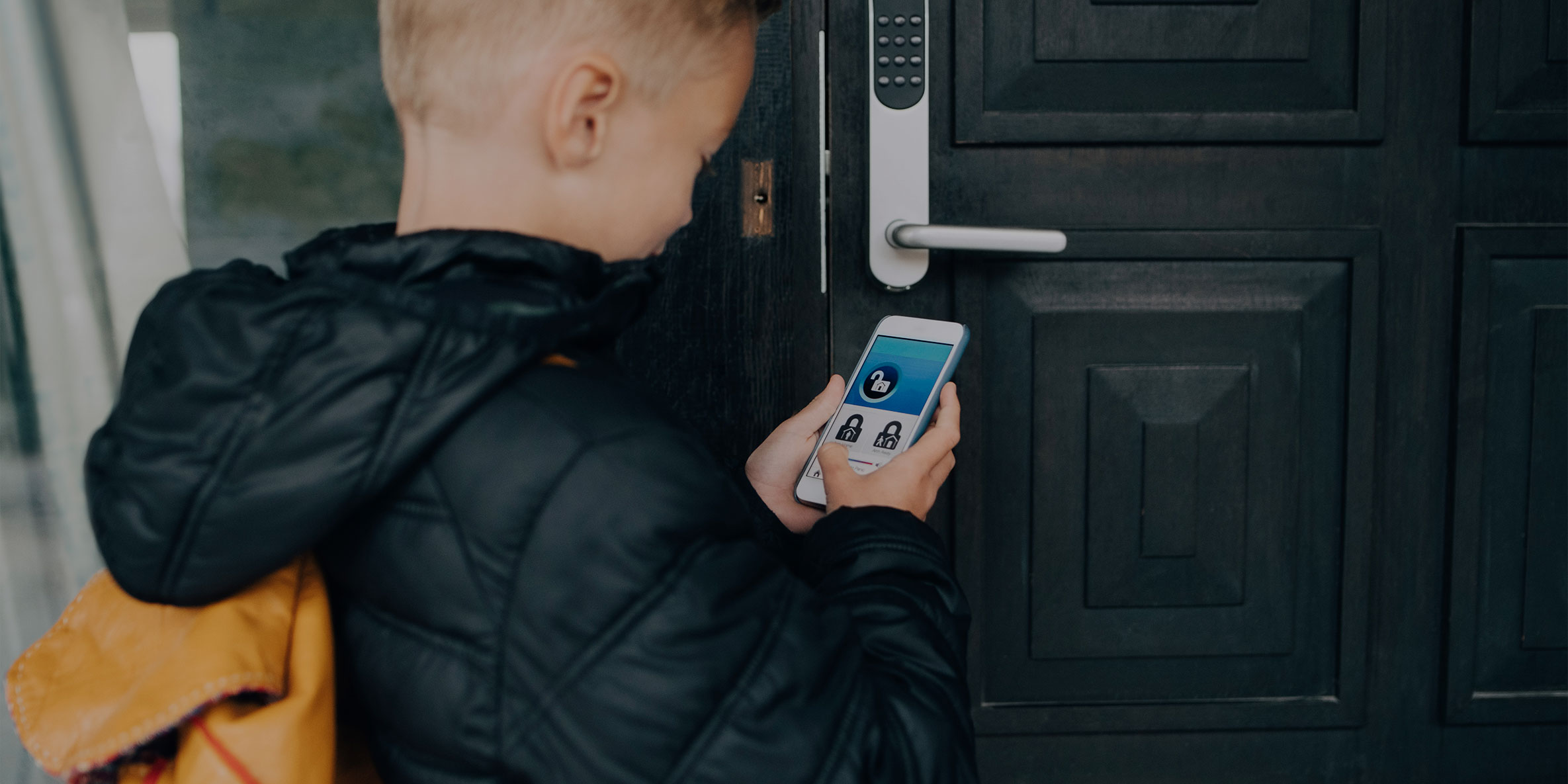This post was originally published on February 25, 2014 and has been updated for accuracy and comprehensiveness.
If you’re reading this post, you’re probably having trouble installing the security cameras you recently purchased for your home. It’s understandable. Installing home security cameras is much more than just drilling holes or connecting wires. Camera placement requires careful consideration.
Below, we provide some tips for installing security cameras in and around your home.
1. Strategically Place Cameras
Walk the perimeter of your home and take note of areas that may be of high interest to burglars. This includes:
- Driveways and garages, which lead to valuable equipment and cars.
- Areas with shrubbery/trees where burglars can hide.
- Points of entry like your front/back door and first floor windows.
When you install security cameras on your home’s exterior, place them in inconspicuous areas that allow for a wide coverage angle. Tuck them away near doorways, pathways, garages and basement windows. These areas are ideal because they allow you to see who is entering and exiting your home while providing a full view of your property.
The best vendors will consult you on optimal spots for cameras to be placed based on your unique home layout.
2. Consider Wiring
Be strategic about wiring when you install surveillance cameras.
Rather than running camera wires along the exterior of your home, arrange them to enter the house right from the base of the security camera. This prevents intruders from cutting the wires and cords.
Wireless cameras are also an option, but they still have a wire from the camera to the electrical power source.
Like camera placement, trained professionals can assist you with this process and provide recommendations on optimal wiring techniques.
3. Pair Cameras with Lighting
Unless your camera system has night-vision capabilities, video surveillance isn’t effective in the dark. Pair your system with outdoor lighting to increase safety and maximize your camera’s potential.
Place cameras near motion detection lights that only activate if a sensor is triggered. Users can scan easily through archived video feeds to see only when the lights were turned on—meaning someone or something entered your property.
Video surveillance extends the reach of your system and provides a more proactive approach to your home security. Contact a trusted security provider if you have any questions regarding placement and installation.



